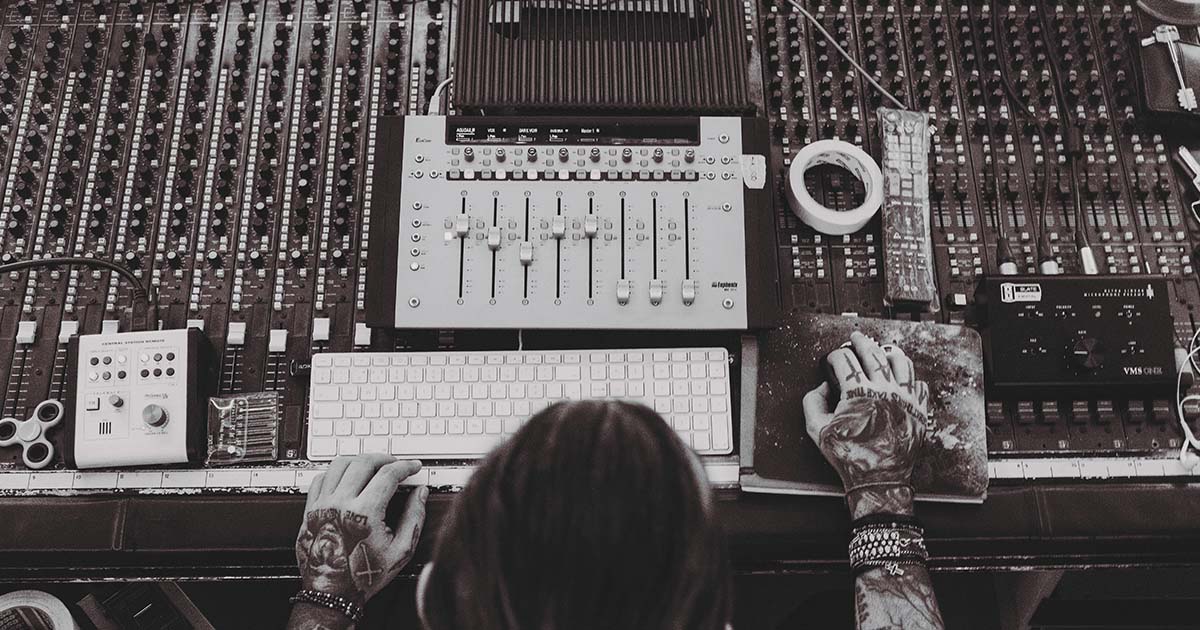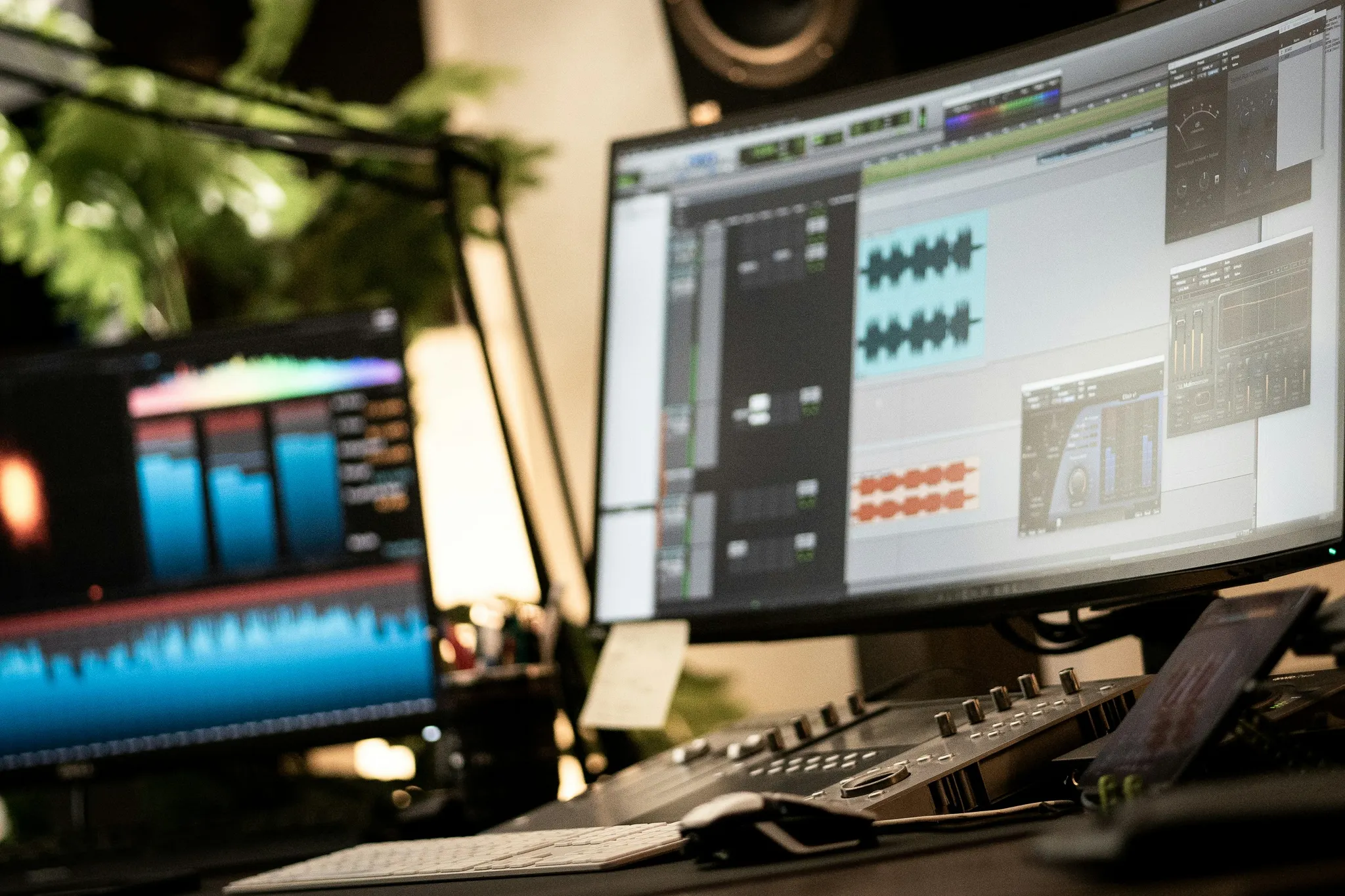
How to Launch a Music Release Without a Label: Step-by-Step Guide for Independent Artists
Releasing music independently has never been more accessible. With the rise of streaming platforms, digital marketing tools, and direct-to-fan communication, independent artists are empowered to take full control of their careers. But without a record label, how do you build a release strategy that drives results?
In this guide, we'll walk you through a step-by-step album release strategy tailored specifically for independent artists. Whether you're a solo act, a band, or a small label managing artists, this post will help you develop a strong foundation for a successful music release.
Why Independent Release Strategies Matter
Record labels have release strategies down to a science: coordinated marketing, radio pushes, press campaigns, and strategic timing. But you don't need a label to plan a successful rollout. With the right approach, you can mirror many of these tactics to build momentum and grow your fanbase.
Key Benefits of a DIY Release Strategy:
-
Maintain full creative and financial control
-
Build direct relationships with fans
-
Retain a larger share of your revenue
-
Learn valuable marketing and project management skills
Step-by-Step Release Strategy for Independent Musicians
1. Set Clear Goals
Before diving into distribution or marketing, define your objectives:
-
Do you want to grow your Spotify followers?
-
Are you focused on driving pre-saves and playlist adds?
-
Is this part of a long-term album release strategy or a one-off single?
Having specific, measurable goals will shape every step of your release plan.
2. Create a Release Timeline
Start planning your release at least 6–8 weeks in advance. Here’s a simple timeline structure:
-
Week 1-2: Finalize assets (audio, cover art, bio)
-
Week 3-4: Distribute to DSPs (like Spotify, Apple Music)
-
Week 5-6: Launch pre-save campaigns, pitch to playlists
-
Week 7: Begin teaser content and fan engagement
-
Week 8: Release day + follow-up promotions
3. Distribute Your Music
Use a digital distributor like DistroKid, TuneCore, or CD Baby to upload your music to major streaming platforms. Be sure to:
-
Choose the right release date
-
Include all metadata and ISRC codes
-
Deliver high-quality audio and visuals
4. Build a Pre-Save Campaign
Pre-saves are a crucial piece of the album release plan. They help build momentum and signal algorithmic interest to platforms like Spotify. More importantly, they help collect valuable fan data and contact information so you can message fans directly throughout your campaign.
Platforms like Sonikit make it easy to launch pre-save landing pages and track engagement. Use them to:
-
Collect fan emails and phone numbers (Sonikit allows you to do this automatically)
-
Reward fans with exclusive content for pre-saving
-
Send reminders on release day
5. Create Engaging Visual Content
A successful release strategy for independent artists must include visuals:
-
Cover art
-
Lyric videos
-
Behind-the-scenes footage
-
TikTok and Instagram Reels
Visual content fuels social media algorithms and helps your music stand out.
6. Leverage Email & SMS Marketing
Don’t rely solely on social media algorithms. SMS marketing and email campaigns allow you reach fans more directly with better engagement rates. Build your own fan database and reach out directly:
-
Start building your list early
-
Include sign up links in social posts and bios
-
Announce your release
-
Share exclusive updates and merch offers
Tools like Sonikit allow you to segment fans by interest and send personalized updates via SMS.
7. Pitch to Playlists and Press
Playlist placement is key for discovery. Use Spotify for Artists to pitch your track at least a week before release. Also consider:
-
SubmitHub and Groover for tastemaker blogs and curators
-
Reaching out to college radio stations
-
Engaging local music journalists
8. Launch Day Strategy
On release day, focus on:
-
Engaging your audience on socials (live Q&A, release parties)
-
Sending reminder emails/SMS
-
Sharing streaming links and visual assets
Continue promoting your release over the next few weeks to keep momentum going.
9. Analyze and Adjust
After your release, review key metrics:
-
Streams and saves
-
Pre-save conversion rates
-
Social media engagement
-
Email/SMS open rates
Platforms like Sonikit provide real-time analytics to help you optimize your future releases.
Final Thoughts
A well-executed release strategy for independent artists can rival the results of a traditional label campaign. By planning ahead, leveraging digital tools, and staying consistent, you can grow your fanbase and make each release more successful than the last.
Whether you're releasing your first single or rolling out an entire album, the most important step is starting with intention. With a smart release strategy, musicians no longer need a label to make an impact.
Want to streamline your next release? Platforms like Sonikit help independent artists run professional-grade marketing campaigns with pre-saves, email/SMS tools, and real-time analytics—all in one place. Create a free account for your next release!





